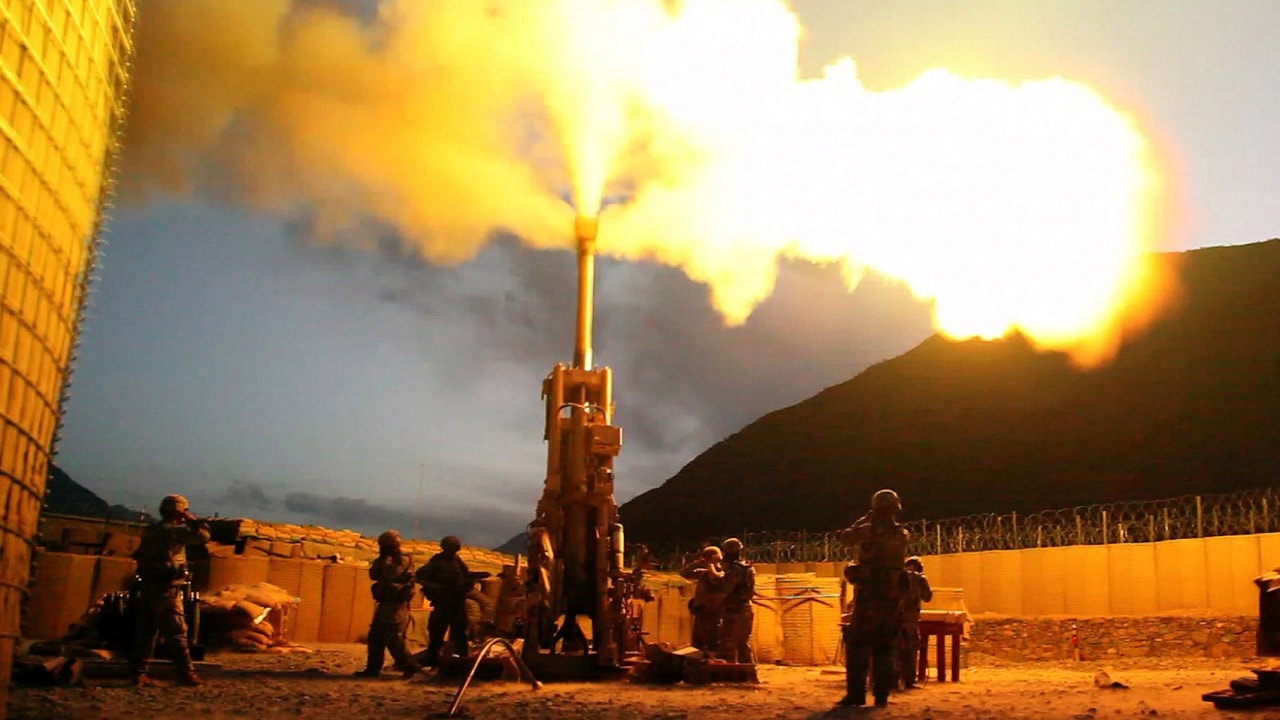Ukraine Said Russian Missile Strikes Are “Analogue” of WMDs – Russian airstrikes once again rocked Ukrainian cities on Wednesday, with blackouts affecting the capital city of Kyiv, Lviv in the west, and Mykolaiv in the south. The intense strikes forced Ukraine to disconnect three of its nuclear power plants from the national power grid as a precaution, according to state-run energy company Ukrenergo.
Russia’s Missiles Hit Ukraine
By Wednesday afternoon, the Ukrainian National Police had confirmed the deaths of at least six civilians. At least 36 people were also injured as a result of the strikes.
The latest round of missile strikes was once again aimed at destroying Ukraine’s energy infrastructure, a tactic Russian forces have adopted in recent months as the temperatures get colder and Ukrainians become increasingly dependent on electricity.
In a statement later in the day, Kyiv Mayor Vitali Klitschko said that the strikes left 80% of people in the capital city without power and water. Similar outages were reported in “every region of Ukraine” by United Nations deputy spokesman Farhan Haq. The strikes also caused power outages in neighboring Moldova.
At least 16 cities in total were hit by Russian missile and drone strikes.
How Zelenskyy Responded
In response to the latest round of Russian missile strikes, Ukrainian President Volodymyr Zelenskyy announced that he had instructed his ambassador to the United Nations to request an urgent meeting of the United Nations Security Council. The Ukrainian president once again described Russia’s military action in Ukraine as “acts of terror” and insisted that more should be done to respond to Russia’s constant bombardment of civilian infrastructure.
Following the announcement, the meeting was held and the Ukrainian president had an opportunity to address it.
In his virtual address, the Ukrainian president said that he expected a “strong reaction” from the world following the strikes, and insisted that supportive nations should act more as “friends” and “not just observers.”
Zelenskyy confirmed that the almost 70 Russian missiles targeted Ukrainian energy infrastructure but ultimately struck a residential building. The strikes also impacted schools, hospitals, and transportation systems, Zelenskyy said, and also caused a blackout in neighboring Moldova.
In an effort to rally a more dramatic response from supportive foreign governments, Zelenskyy also claimed that Russia’s missile bombardment campaign is an effort to achieve the same levels of destruction as a weapon of mass destruction, without actually deploying one.
“Energy terror is an analogue of the use of weapons of mass destruction,” Zelenskyy said. “When the temperature is below zero outside, and tens of millions of people are left without electricity, heat and water as a result of Russian missiles hitting energy facilities, this is an obvious crime against humanity.”
What It Means
Russia’s continued missile and drone strike campaigns could signify that Russia is running out of options and hoping to wear down Ukraine significantly, take out the nation’s power network, and force the country into surrender before the winter weather becomes intolerable for millions of civilians remaining in the country. The move could, however, ultimately prompt further military aid from Western countries – and Putin presumably knows this.
With that in mind, these tactics could also be part of an effort by the Russians to cause as much damage as possible ahead of a renewed offensive with hundreds of thousands of newly trained reservists still gradually making their way to the battlefield.
Jack Buckby is 19FortyFive’s Breaking News Editor.

